I'm currently integrating a coin cell power design into an electronics project. I am trying to verify my understanding of the 'continuous standard load' rating given for a battery (datasheet)
When looking through coin cell data sheets, I am typically looking at the mAh rating. This is a a measure of how much current can be supplied for a given time period (sort of). Now, I also understand that this number is typically provided given that you operate at some spec'd current. That is, if you decide to draw more current than the spec'd current, the battery will not be able to last as long as the mAh rating suggests.
So my question: Is the 'continuous standard load' the coin cell current that will provide the spec'd mAh rating? Furthermore, if I run above this current, will that translate to a much lower mAh rating?
The reason I'm confused is due to the fact that the 'continuous standard load' is such a small number in the datasheet I'm referencing. When looking at the CR2032 coin cell in the datasheet, it has a mAh of 225, but it only has a continuous standard load of 0.2mA. If I operate at say 10mA, will that translate to something much lower than 225mAh?
Thanks!
